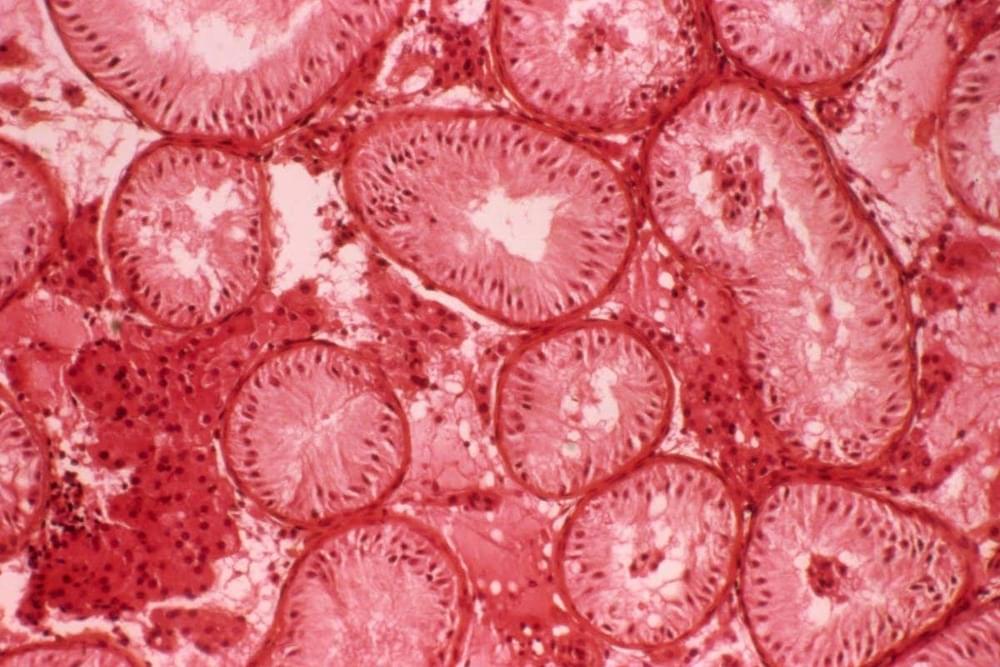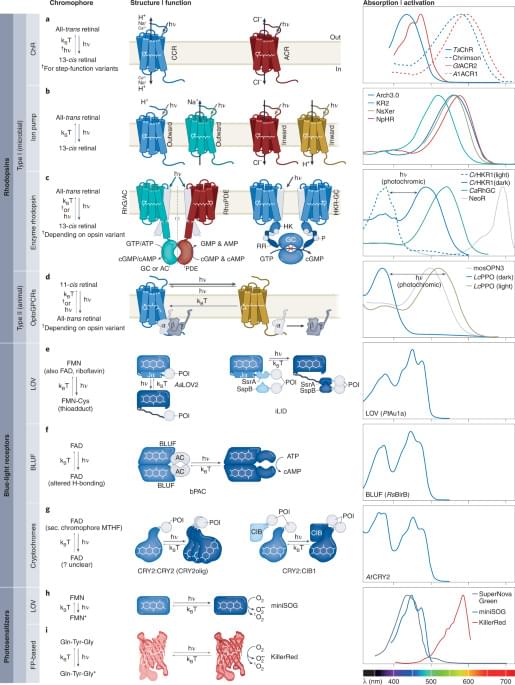Circa 2020
In 2016, Elon Musk’s younger brother, Kimbal Musk co-founded Brooklyn-NY-based vertical-farming operation Square Roots as part of a broader quest to grow fresh, local produce close to population centres and empower young people to participate in the sustainable urban farming trend. Over four years, Square Roots has grown more than 120 varieties of crop, including salad greens, vegetables and strawberries.
In February 2020, Musk told CNN Business the company plans to open a Square Roots ‘Super Farm’, with 25 climate-controlled shipping containers, cold storage facilities, biosecurity infrastructure and the technology required to operate a commercial-scale vertical farm, in less than three months.
“A lot of smart money and capital is entering the space,” Square Roots CEO Tobias Peggs told CNN Business. “The quality of food that can now be produced in these indoor systems is at least on par with the best organic field grown food you can buy.”







